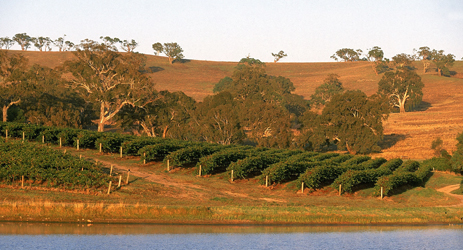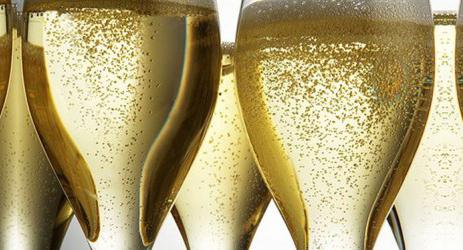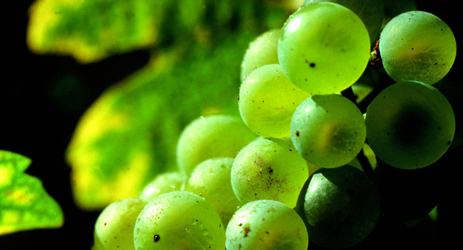The Laurent Perrier masterclass at the Fine Wine Encounter 2019 Credit: Steven Morris / Decanter
There are some famous examples of multi-vintage blends in the wine world. Penfolds launched 1,200 bottles of its G3 wine in 2017, described as a ‘super blend’ of Grange and containing the 2008, 2012 and 2014 vintages.
Laurent-Perrier Grand Siècle is one of the most well-known multi-vintage blends from Champagne, developed in the 1950s by general manager Bernard de Nonancourt and first released in 1960. Its current released, ‘no. 24’, is a blend of the 2004, 2006 and 2007 vintages.
Also in Champagne, the 167th edition of Krug’s prestigious Grande Cuvée is based on the 2011 vintage but also contains 42% reserve wines from 12 other vintages going back to 2005.
The term ‘multi-vintage’ could also be applied more broadly, particularly in Champagne, where the art of blending is sacrosanct.
‘The most obvious example is non-vintage Champagne, which is more accurately described as a multi-vintage blend,’ said wine writer John Stimpfig in 2017, during his time as Decanter’s content director.
Why create multi-vintage blends?
Michel Fauconnet, Laurent-Perrier’s cellar master, described it as using ‘skills and savoir fair’ to try to ‘recreate the perfect year’ in Champagne.
‘Blending can bring you to another level, creating a year that nature can’t really give you,’ he told an audience at the Laurent-Perrier masterclass at the Decanter Fine Wine Encounter 2019 in London.
‘Grand Siècle is blending the best of the best, getting what nature can probably never give you; the perfect idea of the perfect year.
‘Like a composer making a symphony, but it’s being relayed with different instruments – that’s what you achieve with blending.’
He added, ‘We’re a blending house, rather than relying on vintages. We only release vintages when appropriate.’
Still wines
‘Then there are fortified wines such as Sherry and tawny Port, which are also blends of several vintages,’ said Stimpfig.
‘However, there are very few still wines which adopt this practice. The well-known exceptions to the rule include Chris Howell’s Cain Cuvée (Napa), Vega Sicilia’s Reserva Especial (Ribera del Duero) and Valdivieso’s Caballo Loco (Chile).’
In Anthony Rose’s feature on the subject, speaking to Chris Howell about the Cain Cuvée, ‘Howell saw that blending two vintages could help build complexity and harmony, while compensating for vintage variation.’
‘But change may be afoot as more winemakers are starting to experiment with this multi-vintage concept,’ said Stimpfig.
Translated by Leo / 孔祥鑫
All rights reserved by Future plc. No part of this publication may be reproduced, distributed or transmitted in any form or by any means without the prior written permission of Decanter.
Only Official Media Partners (see About us) of DecanterChina.com may republish part of the content from the site without prior permission under strict Terms & Conditions. Contact china@decanter.com to learn about how to become an Official Media Partner of DecanterChina.com.










Comments
Submit